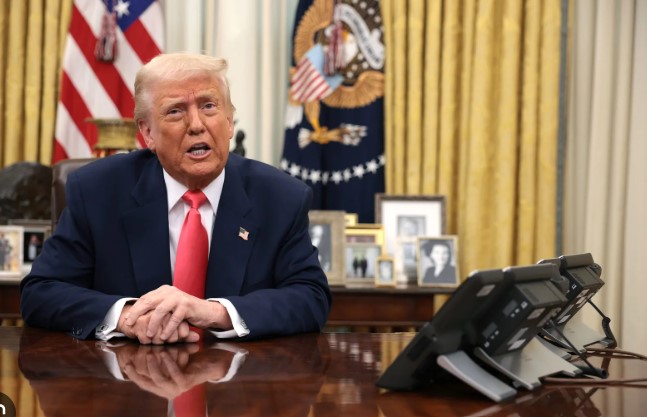U.S. Threatens 100% Tariff Increase on Chinese Imports Amid Trade Fallout

The U.S. has announced plans to double tariffs on Chinese goods — increasing them by **100%** — in response to China’s export restriction on rare earth minerals. This move risks reopening major trade tensions between the two largest economies in the world.
Quick Insight: Rare earth minerals are crucial to modern tech, and China’s dominance in that market gives it leverage — the tariff escalation is a bold countermeasure.
1. What’s Triggering the Tariff Hike
• China restricted exports of rare earth minerals, cited as strategic materials vital for electronics and defense.
• The U.S. views this as a disruption to global supply chains and tech security.
• In response, the administration is threatening to revert tariffs to earlier high levels across many Chinese goods.
2. Economic Ripples to Expect
• Consumer prices on electronics, batteries, and tech devices may rise due to higher import costs.
• Supply chain stress could force U.S. manufacturers to source from alternate countries or invest in domestic alternatives.
• Tensions could slow trade negotiations and deter investment in cross-border manufacturing partnerships.
• China may retaliate with its own tariff or export controls, deepening the trade standoff.
3. Strategic Risks & Considerations
• Escalation risk: trade war dynamics could spiral and affect global markets.
• Collateral damage: industries not directly involved may suffer from ripple effects.
• Dependency: the move shows how dependent advanced tech industries are on constrained supply chains.
• Negotiation space: such a dramatic move could make diplomatic resolutions harder in the short term.
4. What Nigeria & Africa Should Watch
• Africa can become a strategic alternative source of critical minerals and components if leveraged properly.
• Countries must invest in refining, downstream capabilities, and supply chain security to reduce reliance.
• Local tech and manufacturing should anticipate cost shocks in imported components and diversify suppliers.
• Diplomatic alignment—balancing trade relations with both China and the U.S.—will become more complex.
